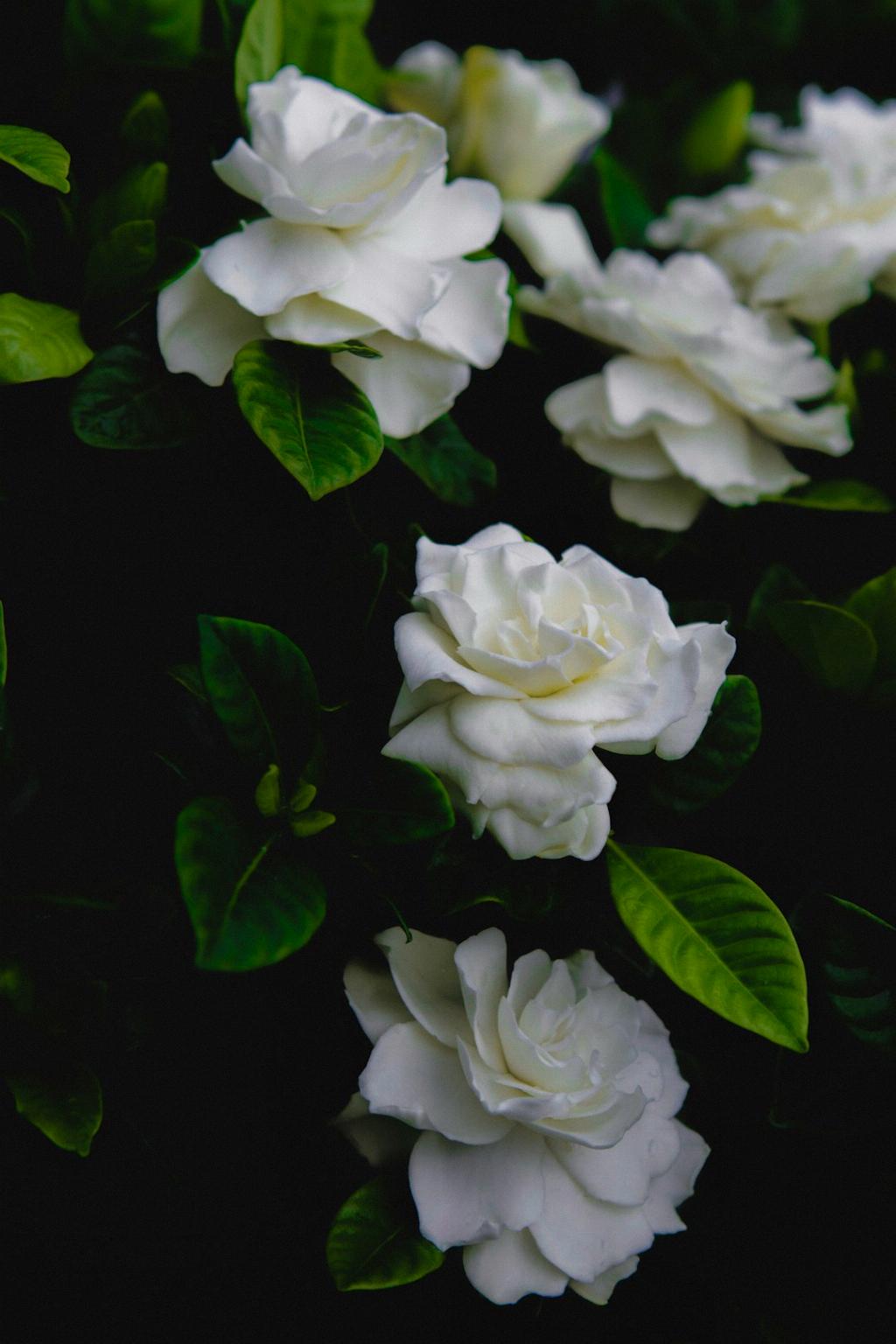Planting a gardenia can be a rewarding experience, but knowing the ideal time to do so can greatly impact its growth and overall health. Fall emerges as the prime season for planting gardenias, offering the best conditions for these delicate shrubs to establish their roots and thrive.
When considering the planting location, it is important to choose an area that provides ample light, but not direct sun exposure. Optimal conditions include light to partial shade, with the ideal spot being one that receives morning sun and afternoon shade.
Gardenias are known to be quite sensitive to root disturbance, and as such, it is essential to handle them with care during the planting process. Avoiding any unnecessary disruptions to the roots will help the plant adjust more smoothly to its new environment and promote healthier growth.
For those with limited garden space or looking to enjoy the fragrance of gardenias up close, smaller cultivars can be successfully grown in containers. Placing these containers strategically where their delightful scent can be appreciated adds an extra layer of enjoyment to the gardening experience.
Aside from the season and planting conditions, another factor to consider when determining the best time to plant a gardenia is the regional climate. Understanding the local climate patterns can help in selecting the most suitable time for planting to ensure the plant’s successful establishment and long-term growth.
One key advantage of planting gardenias in the fall is that it allows the shrub to acclimate to its new surroundings before the harsh winter months set in. This gives the plant ample time to establish a strong root system, which is crucial for its resilience against cold weather and other environmental stressors.
While fall is generally the preferred season for planting gardenias, it is essential to factor in other considerations such as soil quality and drainage. Ensuring that the soil is well-draining and rich in nutrients can significantly impact the plant’s growth and overall health.
Another benefit of planting gardenias in the fall is that it gives the plant a head start in preparation for the following spring blooming season. By establishing strong roots in the fall, gardenias are better equipped to produce an abundance of beautiful blooms when spring arrives.
When planting gardenias, it is essential to provide them with consistent moisture without overwatering. Proper watering practices, especially during the initial planting phase, are crucial for helping the plant establish itself and develop a healthy root system.
Considering the unique needs of gardenias, it is advisable to research and prepare adequately before planting. By understanding the specific requirements of these plants and following best practices for planting and care, gardeners can create an optimal environment for their gardenias to thrive.
In conclusion, the best time to plant a gardenia is in the fall, taking into account factors such as light exposure, soil quality, and regional climate. By planting gardenias in the fall, gardeners can set the stage for healthy growth, abundant blooms, and the long-term success of these fragrant shrubs in their garden.

